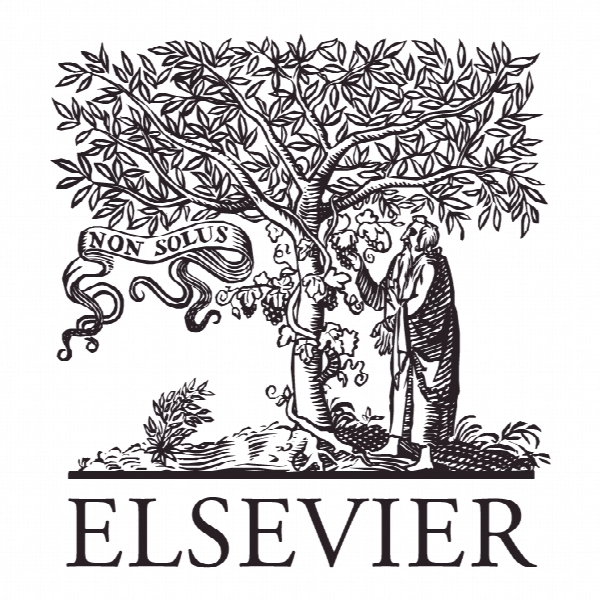مدل ارزیابی ریسک کیفیت برای خدمات خطوط هوایی مربوط به خطوط هوایی تایوانی Quality risk assessment model for airline services concerning Taiwanese airlines
- نوع فایل : کتاب
- زبان : انگلیسی
- ناشر : Elsevier
- چاپ و سال / کشور: 2017
توضیحات
رشته های مرتبط علوم فنون هوایی
مجله مدیریت حمل و نقل هوایی – Journal of Air Transport Management
دانشگاه بخش بازرگانی، Soochow، تایوان
نشریه نشریه الزویر
مجله مدیریت حمل و نقل هوایی – Journal of Air Transport Management
دانشگاه بخش بازرگانی، Soochow، تایوان
نشریه نشریه الزویر
Description
1. Introduction While managing numerous challenges, airlines face strong competition from competing carriers (Dolnicar et al., 2011). Various antecedents may influence passengers’ choice in the airline, including flight schedules, convenience, the frequency of flights, fares, punctuality, frequent flyer programs, perceived image, and service quality (Nako, 1992; Singh, 2015). The service process for airline services has always been considered a primary influence on service quality and customer satisfaction (Goodwin and Ross, 1992). However, in a service process that begins with the ticket booking process and involves onboard services, various factors may result in service failure (Bejou and Palmer, 1998). When the service quality does not meet the expectations of passengers, they become dissatisfied (Kau and Loh, 2006). This generates losses for the airline, and is regarded as a negative influence, which is the reason it is crucial to discuss the service quality of airline services. Most studies on service quality have applied a positiveinfluence perspective to investigate the methods of improving service quality (Chen and Chang, 2005; Curry and Gao, 2012; Park et al., 2006; Robledo, 2001; Saha and Theingi, 2009). When the service quality does not meet customer expectations, passengers become dissatisfied, and may choose another airline in the future (Perez et al., 2007 ). This negative assessment is based on a negative-influence perspective that can be used when discussing the service quality of airlines. Because of the relevance of the negative-influence perspective, the Airline Quality Rating (AQR) index was developed in 1991 (Bowen and Headley, 2015). The index is a weighted average of the elements that are relevant to consumers when assessing the quality of airline services. The weight of an element reflects its priority in consumer decision-making, and its sign reflects the direction of impact that the element should have when a consumer rates the airline service quality (Bowen and Headley, 2015). Although the AQR index has included several indices concerning the occurring rate of negative service attributes (e.g., on-time percentage, number of lost baggage reports as well as instances of denied boarding), the concept of quality risk has not been considered in its entirety. Airlines should consider the influence of service quality attributes as well as the requirement of failure prevention for all service attributes (Chang and Sun, 2009). This study regarded service quality management as an implement for controlling quality risks. Risk is defined as uncertainty caused by a potential loss or injury, and may be avoided through preemptive action. Therefore, risk management aims to minimize losses associated with an event (Cleary and Malleret, 2007; Fragniere and Sullivan, 2006; Rejda, 2011; Skipper, 2008). Recent applications of risk management have expanded to include the concept of quality; this topic is called quality risk management (QRM) (Claycamp, 2007). QRM is applied to ensure the quality of a product or service through systematic planning. This planning involves the four procedures of risk assessment, risk control, risk communication, and risk review (Mire-Sluis et al., 2010). Risk assessment is the first critical task in QRM. Failure mode and effects analysis (FMEA) is commonly applied for this purpose because it is related to risk assessment. Because FMEA focuses on exploring all types of potential mistakes in an operation system, it evaluates the degree of risk by analyzing error types, the probability of failure, the severity of faults, and the degree of hazards. This methodology is also commonly used for preventing service failures (Chang and Sun, 2009). When applied to service quality, FMEA can identify various service failures by measuring risk factors, and then assessing the probability of service failure (Shahin, 2004). Establishing an improvement method by using FMEA for a service process may help eliminate potential errors (Greenall et al., 2007; McDermott et al., 2008; Ookalkar et al., 2009). However, research applying FMEA to assess the service quality risk of airlines remains scant.


